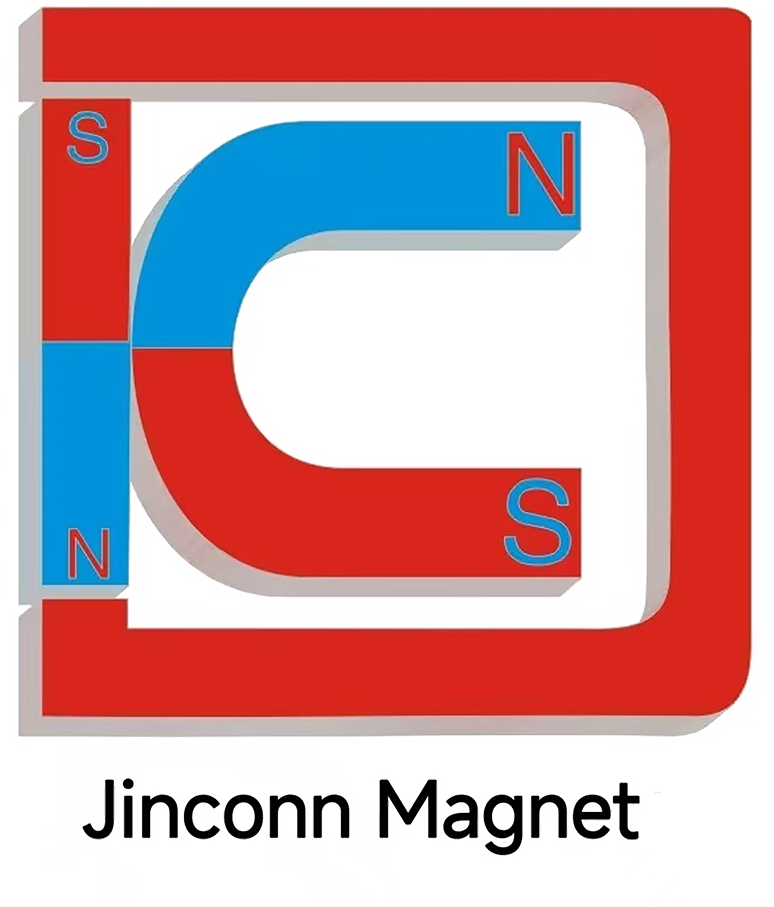Sustaining Innovation: The Future of Closed-Loop Magnet and Motor System Design
As industries race toward smarter, more efficient, and resilient systems, the closed-loop approach to magnet and motor design stands out as a blueprint for sustained innovation. This cyclical process—where magnet development, motor and structure engineering, and real-world feedback constantly refine one another—doesn’t just solve today’s engineering challenges, it sets the foundation for tomorrow’s breakthroughs.
1. Continuous Learning for Material Excellence
Each cycle of the closed loop brings new insights about material performance under demanding conditions. Magnet scientists increasingly focus on enhancing high temperature resistance (耐高温) and corrosion resistance (耐腐蚀), responding to real-time data and field feedback. The result? Magnets with strong stability (稳定性强) that set new benchmarks for durability and operational lifespan across diverse industries.
2. Advancing Performance Through High Coercivity and Adsorption Force
Modern motors and smart systems continuously raise the bar for efficiency and miniaturization. Feedback from these systems guides the fine-tuning of high coercivity (高矫顽力) and strong adsorption force (吸附力强). With each closed-loop cycle, magnets are better able to maintain their properties under severe electrical, thermal, and mechanical stresses, directly impacting the power and reliability of next-generation motors.
3. Customization at the Heart of Innovation
No two applications are identical—autonomous vehicles, industrial robotics, renewable energy, and more all have unique demands. The closed-loop mindset enables customizable magnet solutions (可支持定制化磁铁方案) to evolve alongside system needs. Engineers are now leveraging AI and advanced simulation to predict how different designs will perform, ensuring every solution is precisely matched to its application.
4. Data-Driven Predictive Design
The future is being shaped by the integration of big data, IoT, and machine learning into the closed-loop process. Operational data from thousands of motors is now analyzed in real time, enabling predictive maintenance and on-the-fly parameter adjustment. This proactive approach not only maximizes uptime, but also feeds back into the next design loop, where high temperature resistance (耐高温) and corrosion resistance (耐腐蚀) are further optimized.
5. Toward a Resilient, Adaptive Engineering Culture
The closed-loop model is as much about mindset as it is about technology. Teams that embrace collaboration, rapid prototyping, and continuous feedback become more agile and creative. With strong stability (稳定性强) and strong adsorption force (吸附力强) as default goals, and the ability to customize and iterate quickly, these teams are equipped to tackle even the most unpredictable challenges of the future.




Jinconn WeChat









